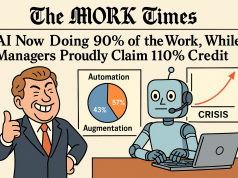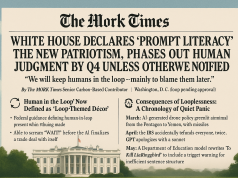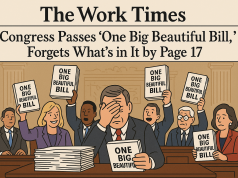In the present age of digital transformation, the humble resume has undergone a dramatic metamorphosis. No longer confined to the traditional one-page document, resumes now exist in a myriad of digital forms. Yet, with these changes, there arises an important question: Are traditional resumes still significant in our ever-evolving job market?
As the digital landscape expands, so does the nature of job applications. The paper resume, once the cornerstone of a job seeker’s arsenal, now competes with LinkedIn profiles, digital portfolios, and personal websites. These newer formats provide a dynamic canvas for candidates to showcase their professional story, not just with words, but with multimedia elements that offer a more complete picture of their capabilities and achievements.
The rise of algorithms and applicant tracking systems (ATS) has further transformed the hiring process. Recruiters and hiring managers now often rely on software to sift through the sea of applicants, searching for keywords and specific criteria that match job descriptions. This efficiency, however, comes at a cost. There is a growing concern that an overemphasis on SEO and keyword optimization is pushing aside the substantive qualifications of candidates. Moreover, these digital gatekeepers raise privacy concerns as they harvest personal information, potentially exposing job seekers to data misuse.
Despite these advancements, the traditional resume has not been entirely rendered obsolete. Many employers still value the clear, concise overview that a well-crafted resume provides. It serves as a tangible summation of a candidate’s experience and skills—a snapshot that can capture an employer’s interest amidst a deluge of digital profiles.
However, job seekers now face the challenge of adapting to this hybrid landscape where both traditional and digital elements carry weight. They must learn how to blend the old with the new, ensuring their resumes are ATS-friendly while also maintaining a solid digital presence. Employers, on the other hand, must find the right balance between technology and the personal touch—recognizing that the essence of a candidate cannot be fully captured by keywords alone.
As we critically analyze the potential downsides of the resume’s evolution, we must not lose sight of the need for personal interaction in the hiring process. The screening of candidates should not be left exclusively to the binary logic of algorithms. Instead, there should be a synergy between technological efficiency and human intuition.
To navigate the modern landscape of resume-building and recruitment, job seekers should focus on creating a cohesive personal brand that resonates across all platforms. At the same time, they should tailor their resumes to pass through ATS filters without compromising the integrity of their experiences. Employers should strive to use technology as a tool to assist, not replace, the nuanced process of evaluating potential hires.
In conclusion, the digital age has certainly reshaped the concept of the resume, but it has not diminished the need for a clear, well-structured representation of one’s professional journey. Both job seekers and employers must evolve with the times, embracing new technologies while upholding the value of a human-centric approach to recruitment. The key is to harmonize the traditional with the digital, ensuring that the art of resume crafting—and the personal stories behind them—continue to shine through.




























